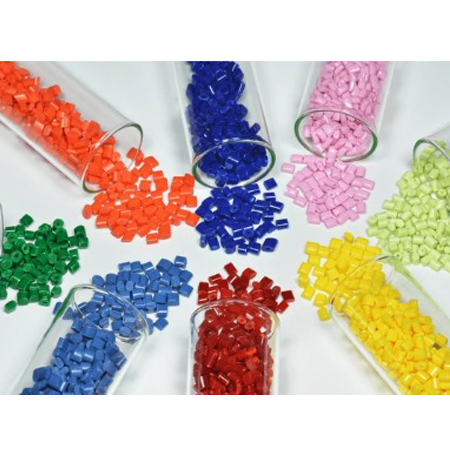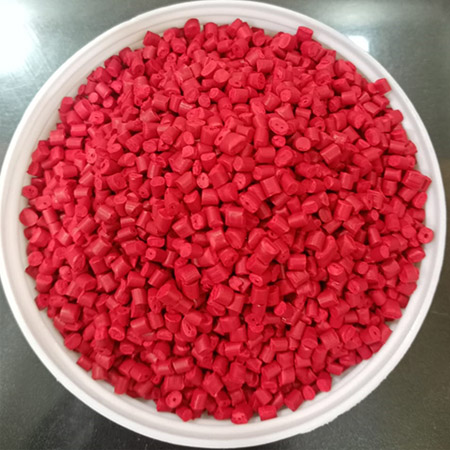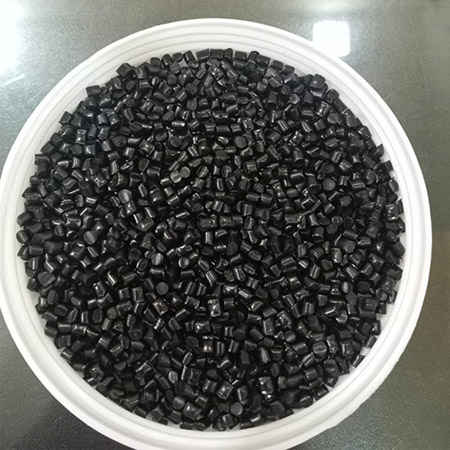- The minimum required quantity for Low Smoke Zero Haloge (#3454) is 1,000.
Coloring Masterbatch
Masterbatch in general, including colors other than white and black, serves a vital role in the plastics industry for coloring plastic products. Here’s a broader overview of how colored masterbatch is used and its applications:
( NOTE :-Quantity are in Kg & Rates will be changed as per Raw Material Cost, Transport Cost & Packaging Cost )
Description
Usage and Application:
Coloring Plastics: Colored masterbatch is used to impart a wide range of colors to plastic products. It consists of pigments or dyes dispersed in a carrier resin, along with additives to aid in dispersion and processing.
Uniform Coloration: It ensures consistent and uniform color distribution throughout the plastic product, batch after batch.
Customization: Manufacturers can choose from a vast array of colors and shades to meet specific design requirements and customer preferences.
Functional Additives: Depending on the application, colored masterbatch may include additives such as UV stabilizers, anti-static agents, flame retardants, and more, to enhance the performance and durability of the final plastic product.
Applications:
Packaging: Colored masterbatch is widely used in packaging applications, including food packaging, bottles, caps, and films.
Consumer Goods: It is used in various consumer products such as toys, household appliances, electronics, and furniture.
Automotive: Colored masterbatch is essential in automotive components, including interior trims, exterior parts, and dashboard components.
Building and Construction: It finds applications in construction materials such as pipes, profiles, window frames, and roofing materials.
Medical and Healthcare: In the medical field, masterbatch is used for devices, packaging, and equipment where color coding or specific material properties are required.
Benefits:
Consistency: Ensures consistent color quality and appearance across different production batches.
Cost-Effectiveness: Allows manufacturers to use natural (unpigmented) resin in bulk and add colorant during processing, which is often more economical than purchasing pre-colored resin.
Versatility: Provides flexibility in designing products with specific aesthetic requirements and functional properties.
Enhanced Product Performance: Incorporation of functional additives can improve properties such as UV resistance, durability, and electrical conductivity as needed for specific applications.
Overall, colored masterbatch is essential in the plastics industry for achieving vibrant and durable coloration in plastic products while offering customization options and functional enhancements to meet diverse application needs.
#Masterbatch#PolymerAdditives#ColorMasterbatch#PlasticProcessing#PolymerIndustry#MasterbatchManufacturer#PolymerCompounding
#AdditiveManufacturing#PlasticMasterbatch#PolymerTechnology




